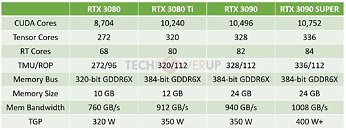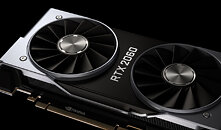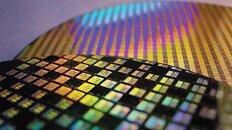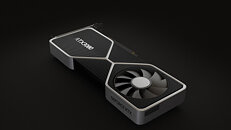
KFA2 Intros GeForce RTX 3050 6GB EX Graphics Card
KFA2, the EU-focused brand of graphics cards by Galax, today released the GeForce RTX 3050 6 GB EX, a somewhat premium take on the recently released entry-level GPU by NVIDIA. The KFA2 EX features a spruced up aluminium fin-stack heatsink that uses a flattened copper heatpipe to make broader contact with the GPU, and spread the heat better across the fin-stack. The 22.4 cm long card also has a couple of premium touches, such as a metal backplate, and RGB LED lighting. The lighting setup includes physical switch on the tail end of the card, with which you can turn it off. Also featured is idle fan-stop. The card offers a tiny factory overclock of 1485 MHz boost, compared to 1475 MHz reference. It sticks with PCIe slot power, there are no additional power connectors.
NVIDIA launched the GeForce RTX 3050 6 GB as its new entry level GPU. It is based on the older "Ampere" graphics architecture, and the 8 nm "GA107" silicon. It enables 18 out of 20 streaming multiprocessors physically present, which work out to 2,304 CUDA cores, 72 Tensor cores, 18 RT cores, 72 TMUs, and 32 ROPs. The 6 GB of 14 Gbps GDDR6 memory is spread across a narrower 96-bit memory bus than the one found in the original RTX 3050 8 GB. KFA2 is pricing the RTX 3050 6 GB EX at €199 including taxes.
NVIDIA launched the GeForce RTX 3050 6 GB as its new entry level GPU. It is based on the older "Ampere" graphics architecture, and the 8 nm "GA107" silicon. It enables 18 out of 20 streaming multiprocessors physically present, which work out to 2,304 CUDA cores, 72 Tensor cores, 18 RT cores, 72 TMUs, and 32 ROPs. The 6 GB of 14 Gbps GDDR6 memory is spread across a narrower 96-bit memory bus than the one found in the original RTX 3050 8 GB. KFA2 is pricing the RTX 3050 6 GB EX at €199 including taxes.












































